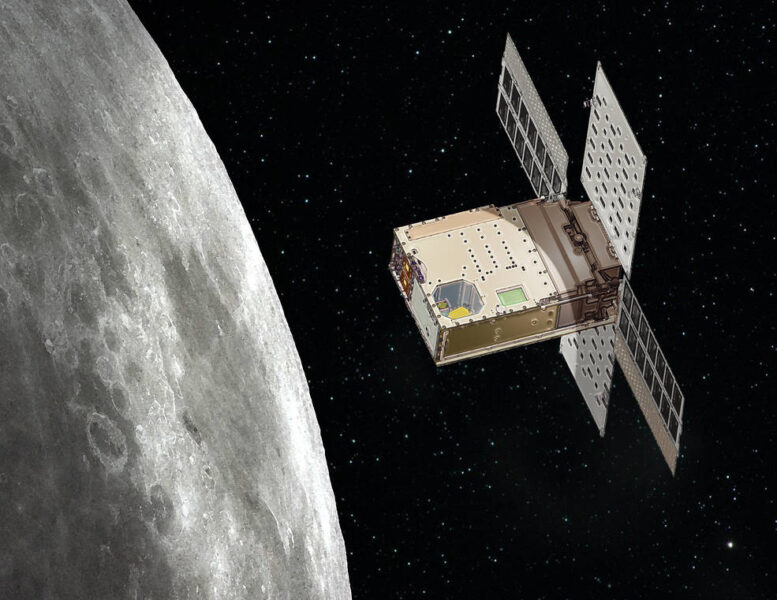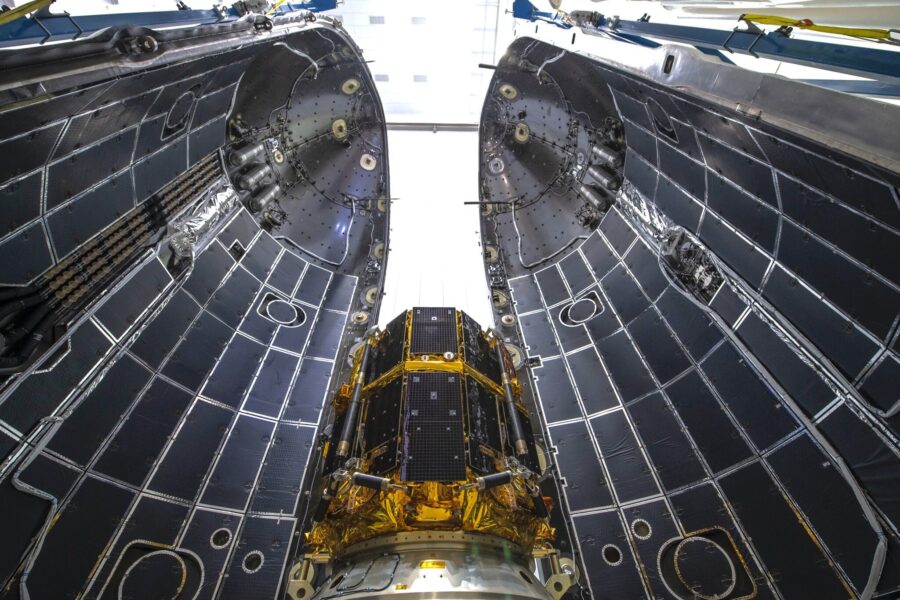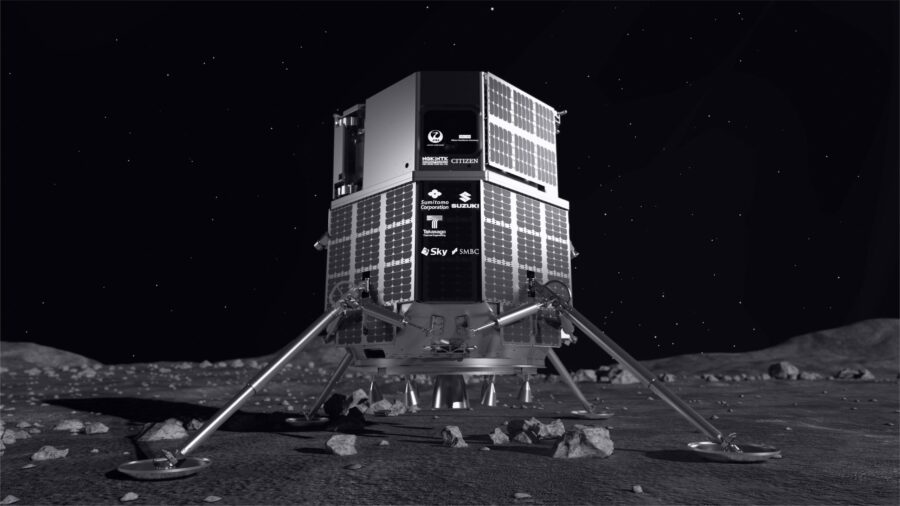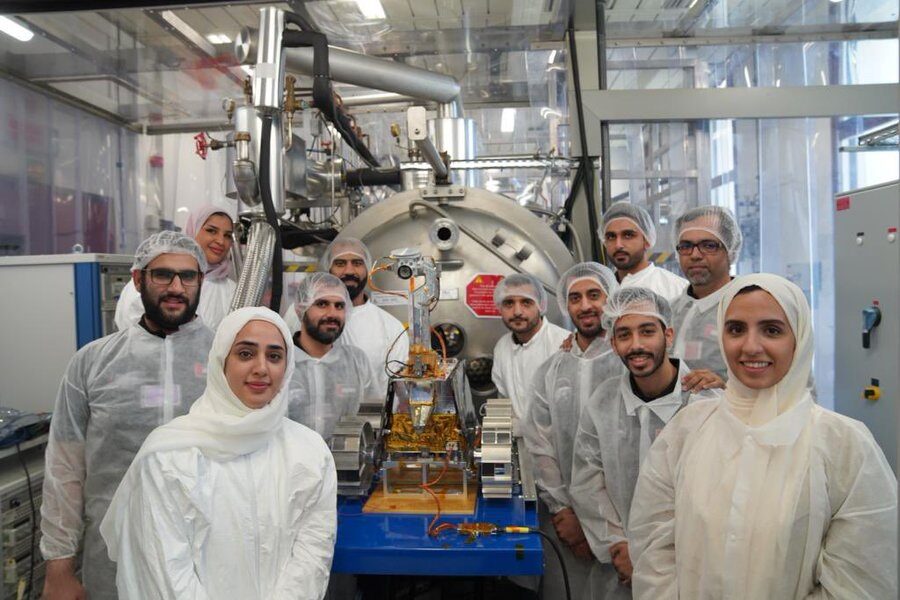While they're traditionally viewed as concrete jungles rather than natural oases, cities are increasingly taking a leadership role when it comes to protecting biodiversity.
Cities will take the spotlight in the coming days during a summit for subnational governments at the UN biodiversity summit in Montreal, known as COP15.
Sharon Gil, a program officer in the UN Environment Program's cities unit, says the strong presence of cities at the conference reflects their growing efforts to protect biodiversity.
Cities, she said, are where most people live, where most consumption happens, and where many impacts of biodiversity loss are being felt.
"Cities are at the front line of everything," she said. "So when there's a problem of increased rainfall leading to flooding, for example, cities have to deal with that. When there is a problem of bad air quality, cities have to deal with that problem."
Gil said that for the first time, the biodiversity framework being negotiated by the nations gathered in Montreal contains a specific draft target that includes increasing size and access to nature in urban areas.
Gil said cities are increasingly finding that introducing more nature is good for not only human health and well-being, but cost-effective in terms of attracting investment and coping with issues such as air quality, rainfall absorption and even landslides.
The cities summit, which takes place Sunday and Monday, will bring together subnational governments to discuss solutions to protect nature.
Montreal Mayor Valérie Plante has been encouraging her counterparts to sign the “Montreal pledge,” composed of 15 actions that include increasing protected green space, reducing pesticide use and working to eliminate plastic waste. The city also recently announced a plan to protect pollinators and has promised more corridors to connect green spaces.
In her opening speech to the conference Wednesday, she urged other levels of government to listen to urban populations and their mayors and to help fund their initiatives.
"Cities can do a lot," Plante said. "You just have to support us, invite to the negotiating table and give us the means to act."
Shin Koseki, who holds the UNESCO Chair in Urban Landscape at the Université de Montréal, said that while cities will never have the same amount of animal and plant life as untouched nature, they can help improve biodiversity both within their own borders and outside them.
That can mean increasing the presence of native plants and animals, including insects, and ensuring that they properly manage soil, sewage and water run-off to avoid allowing contamination that can seep elsewhere.
On a higher level, he said cities have a responsibility to provide "an urban life experience to fight against urban sprawl" by providing dense living spaces that encroach as little as possible on surrounding natural areas.
Koseki and Gil both acknowledge that cities face challenges when it comes to championing biodiversity, but they believe those obstacles can be overcome.
In Canada there is concern over a need for housing, which has prompted the Ontario government to remove land from the protected Greenbelt to build more homes. Gil, however, points to cities like Hong Kong, which has protected a large portion of its territory as green space while increasing housing.
With certain choices, humans' relationship with nature in their cities "doesn't have to be at a cost to housing, or at a cost to additional infrastructure that will service marginalized neighbourhoods," she said.
Another problem cities face, especially in Canada, is that they have a limited funding base and depend on other orders of government to finance many of their ambitions.
On Saturday, the mayors of 15 cities made a plea at the conference for increased financing from national governments and the private sector to help increase spaces for nature in urban areas.
Gil said that while more funding for cities would help, the leadership role cities taking at the conference and beyond shows they're willing to act with the resources they already have.
"They're not waiting for a handout," she said.
While funding structures put them at a disadvantage, Koseki said cities are much closer to their populations than other levels of government, which can be a powerful tool to spur change.
"To increase urban biodiversity, but also to increase biodiversity outside of urban areas, most of all we need the population to participate," he said. "And cities are best placed to engage their populations, to raise awareness of these issues, and that's why cities have a very big role to play."
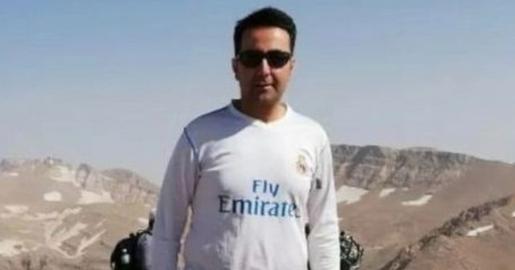















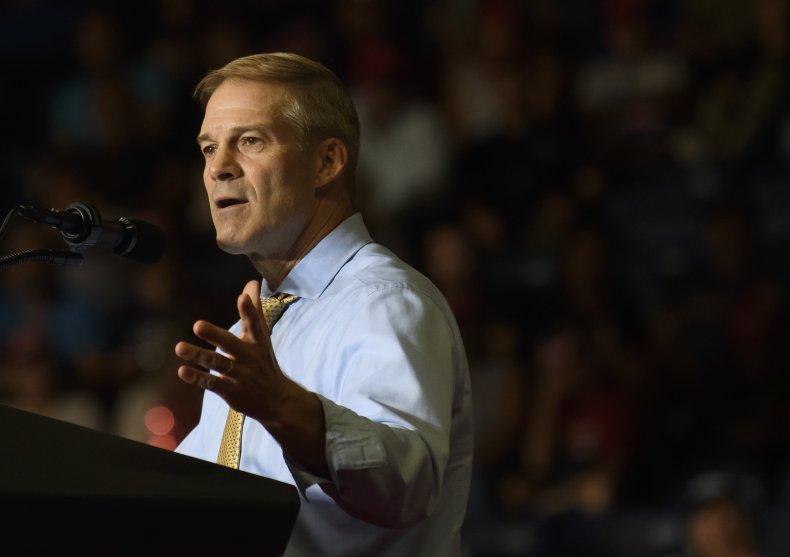
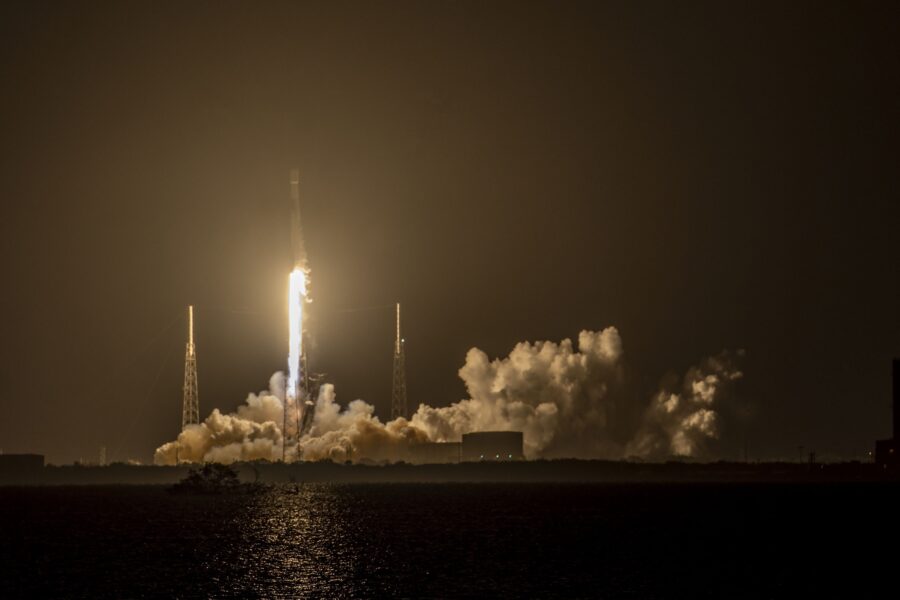


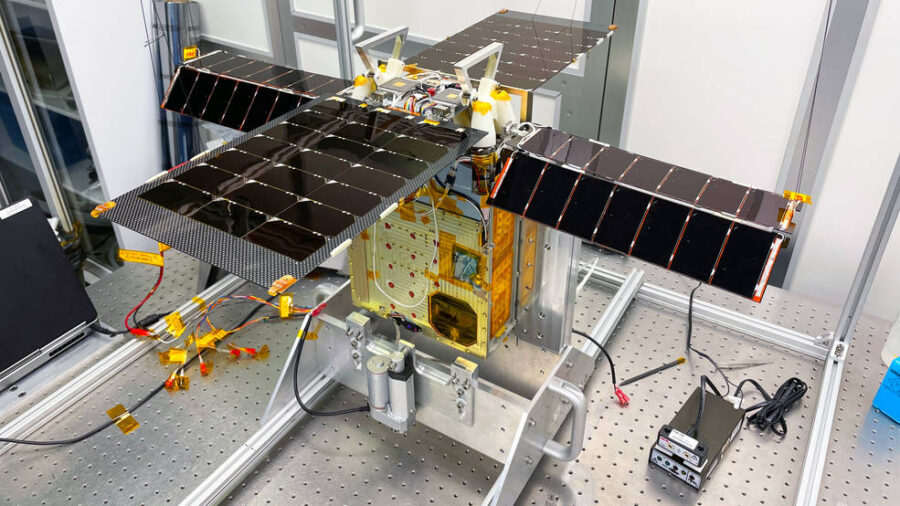 The Lunar Flashlight unfolds its solar panels in a lab on Earth.
The Lunar Flashlight unfolds its solar panels in a lab on Earth.